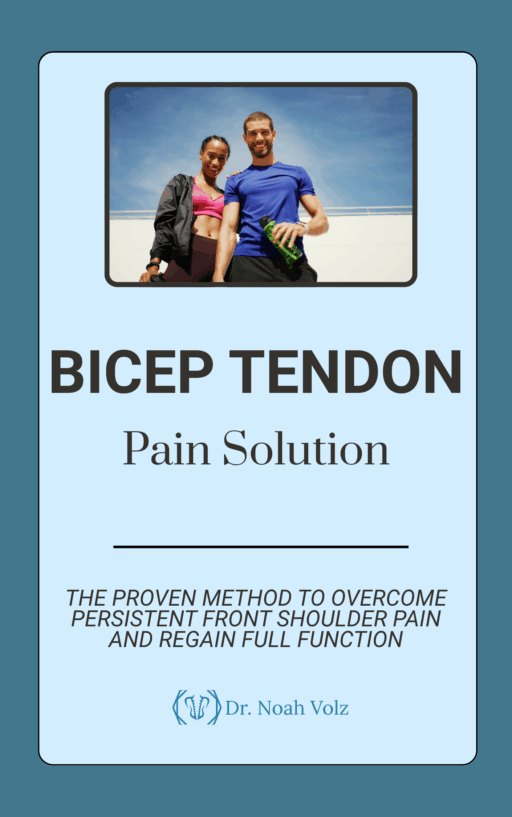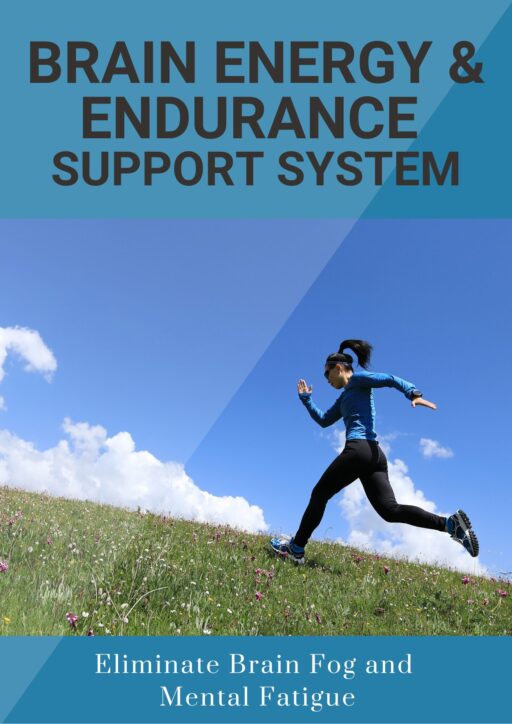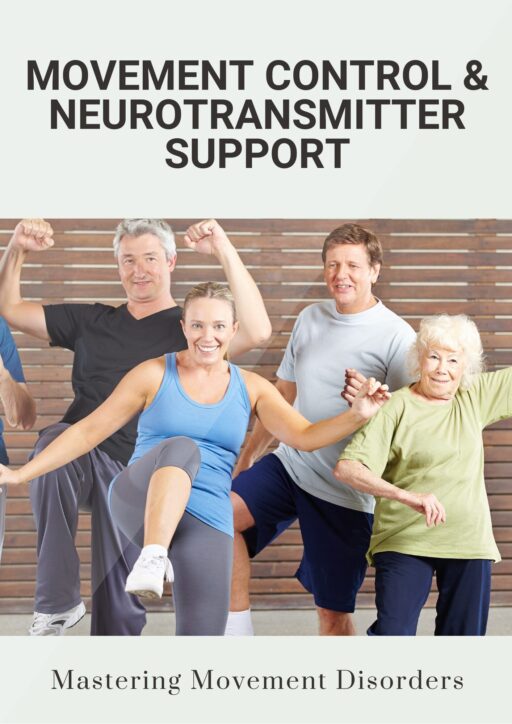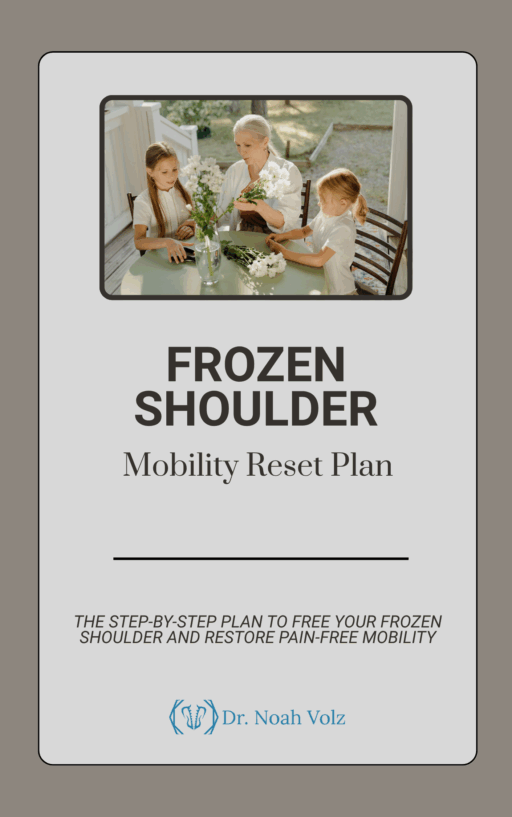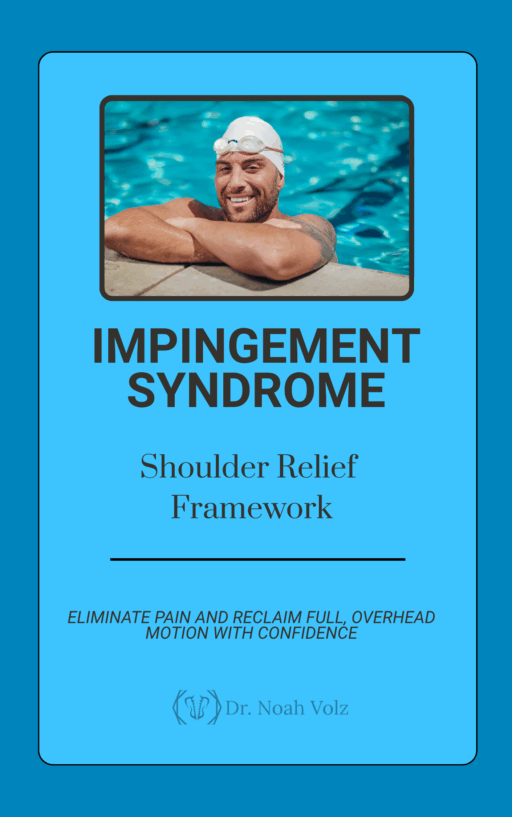Mark had been teaching guitar for over twenty years, but for the past eighteen months, his passion had become his torture.
Every morning, he’d sit down with his vintage Martin acoustic, ready to practice before his first student arrived. But the moment he positioned his left arm and tried to form a chord, searing pain shot through his elbow and down his forearm.
“It felt like someone was stabbing me with a hot poker,” Mark recalls. “I went from playing guitar 4-5 hours a day to barely being able to hold the instrument for 10 minutes.”
The pain wasn’t limited to guitar playing. Simple activities like turning a doorknob, lifting his coffee mug, or even shaking hands became exercises in pain management. Mark found himself unconsciously protecting his arm throughout the day, which only made the stiffness and discomfort worse.
As a guitar instructor in Ashland, Mark’s livelihood depended on his ability to demonstrate techniques and play alongside his students. But tennis elbow—or lateral epicondylitis—was slowly stealing both his career and his joy.
“I started having to demonstrate everything with just my right hand,” Mark explains. “My students could tell something was wrong. I was embarrassed and frustrated. Music was my life, and I felt like I was losing it one painful day at a time.”
Your Battle with Tennis Elbow: It’s More Than Just “Tennis Player’s” Pain
If you’re dealing with tennis elbow, Mark’s experience probably sounds all too familiar. Despite its name, tennis elbow affects far more non-athletes than tennis players. In fact, only 5% of tennis elbow cases actually occur in tennis players¹.
This condition strikes:
- Musicians and artists who use repetitive hand motions
- Office workers who spend hours typing and using a mouse
- Carpenters, plumbers, and tradespeople who grip tools repeatedly
- Parents constantly lifting and carrying children
- Anyone who performs repetitive gripping, twisting, or lifting motions
Here’s what your typical day with tennis elbow looks like:
Morning: You wake up and your elbow feels stiff and achy. Reaching for your alarm clock or phone sends a sharp reminder that something is wrong. Getting dressed becomes strategic—pulling on a shirt or jacket triggers that familiar burning pain on the outside of your elbow.
At Work: Whether you’re typing, writing, or using tools, every gripping motion reinforces the pain cycle. You find yourself unconsciously favoring your good arm, which creates tension and fatigue throughout your shoulder and neck.
Evening: Simple tasks like cooking dinner, opening jars, or carrying groceries become major challenges. You’ve probably developed creative workarounds—using both hands to lift a coffee cup or asking others to open containers for you.
Night: The aching pain often interferes with sleep, especially if you accidentally roll onto the affected arm. You wake up stiff and sore, starting the cycle all over again.
You’ve likely been told it’s “just tendinitis” and should heal with rest and anti-inflammatory medications. Maybe you’ve tried physical therapy exercises, wore a tennis elbow brace, or received cortisone injections that provided temporary relief before the pain returned with a vengeance.
The Hidden Truth About Why Tennis Elbow Becomes Chronic
Most people think tennis elbow is simply inflammation of the tendons around the elbow. While inflammation is present, chronic lateral epicondylitis is actually a complex condition involving tendon degeneration, not just inflammation.
Here’s what’s really happening in your elbow:
The tendons that extend your wrist and fingers (the extensor carpi radialis brevis, primarily) attach to the lateral epicondyle—that bony bump on the outside of your elbow. With repetitive stress, these tendons develop microscopic tears and begin to degenerate.
Research published in the American Journal of Sports Medicine reveals that chronic tennis elbow involves:
- Tendinosis: Degenerative changes in the tendon structure, not just inflammation
- Poor blood supply: Reduced circulation to the affected area slows healing
- Scar tissue formation: Fibrous tissue replaces healthy tendon fibers
- Nerve sensitization: Chronic pain pathways become amplified and persistent²
This explains why anti-inflammatory treatments often provide only temporary relief—they address the inflammation but don’t heal the underlying tendon degeneration. Without proper healing, the condition becomes self-perpetuating.
Traditional treatments focus on symptom management rather than tendon regeneration. This is why so many people find themselves trapped in a cycle of temporary improvement followed by recurring pain that’s often worse than before.
Why Cortisone Injections Can Make Things Worse
Many tennis elbow sufferers receive cortisone injections when conservative treatments fail. While these injections can provide dramatic short-term pain relief, research shows they may actually impair long-term healing.
A landmark study in The Lancet followed 164 tennis elbow patients for one year, comparing cortisone injections to watchful waiting and physical therapy. The results were shocking: while cortisone provided faster initial pain relief, patients who received injections had significantly higher recurrence rates and worse long-term outcomes³.
Cortisone works by suppressing inflammation and immune response—the very processes your body needs for tissue repair. Repeated injections can also weaken tendon structure, making you more susceptible to injury and chronic pain.
The Revolutionary Treatment That Actually Heals Tennis Elbow
What if there was a treatment that could stimulate your body’s natural healing response to regenerate healthy tendon tissue? What if you could address the root cause of tennis elbow rather than just masking the symptoms?
Radial Extracorporeal Shockwave Therapy (rESWT) represents a paradigm shift in tennis elbow treatment. Instead of suppressing your body’s healing response, it amplifies it.
This breakthrough therapy uses precisely calibrated acoustic waves to trigger multiple healing mechanisms at the cellular level:
Neovascularization: Shockwaves stimulate the formation of new blood vessels in the damaged tendon, improving nutrient delivery and waste removal.
Collagen Synthesis: The treatment triggers your body to produce high-quality collagen—the building block of healthy tendons.
Cellular Regeneration: Acoustic waves activate stem cells and growth factors that repair damaged tissue at the molecular level.
Pain Modulation: Shockwaves influence nerve pathways to reduce pain sensitization and reset chronic pain patterns.
Scar Tissue Breakdown: The mechanical effects help break down fibrous scar tissue, allowing healthy tissue to regenerate.
The result isn’t just pain relief—it’s actual tissue healing and restoration of normal elbow function.
The Science That’s Changing Tennis Elbow Treatment
The research supporting radial shockwave therapy for tennis elbow is compelling enough that it’s now considered a first-line treatment at leading sports medicine centers.
A systematic review published in the American Journal of Sports Medicine analyzed 22 clinical trials involving over 2,000 tennis elbow patients. The meta-analysis found that shockwave therapy achieved superior results compared to cortisone injections, physical therapy alone, or placebo treatments⁴.
Key findings:
- Success rates: 70-90% of patients achieved significant pain reduction
- Durability: Effects lasted 6-12 months or longer without additional treatment
- Safety: Minimal side effects compared to cortisone injections
- Function: Patients regained normal grip strength and pain-free activities
Research in the Journal of Shoulder and Elbow Surgery followed 272 patients with chronic tennis elbow treated with radial shockwave therapy. At 12-month follow-up, 78% reported complete pain resolution, and 89% returned to their previous activity levels⁵.
Most impressive: A comparative effectiveness study showed that shockwave therapy achieved better outcomes than multiple cortisone injections while actually strengthening tendons rather than weakening them.
Mark’s Journey Back to Music
Remember Mark, the guitar teacher whose career was threatened by tennis elbow? After his second cortisone injection provided only six weeks of relief, his sports medicine doctor recommended radial shockwave therapy.
“I was skeptical because I’d tried so many treatments that failed,” Mark admits. “But I researched the science behind it and was impressed by the clinical studies. The idea of actually healing the tendon rather than just numbing the pain made sense.”
Mark’s treatment protocol involved four shockwave sessions over six weeks. Each 15-minute treatment systematically targeted the damaged extensor tendons at his lateral epicondyle.
“The treatment was intense but completely tolerable,” Mark describes. “It felt like someone was drumming on my elbow—uncomfortable but not unbearable. The therapist explained that I might feel sore for a day or two as the healing process kicked in.”
Mark’s recovery timeline:
Week 2: Could hold his guitar for 20 minutes without severe pain Week 4: Played simple chord progressions with minimal discomfort
Week 6: Returned to teaching with modifications for technique demonstration Week 10: Played his first full 2-hour practice session pain-free Week 16: Complete resolution of pain, normal grip strength restored
“It’s been over a year since my last treatment, and I haven’t had a single day of elbow pain,” Mark says. “I’m playing guitar 4-5 hours a day again, teaching full-time, and even started a weekend blues band. The treatment didn’t just relieve my pain—it gave me my music back.”
Your Path to Pain-Free Living
Mark’s story could be your story. The guitar teacher who thought his musical career was over is now performing with a local band and teaching more students than ever. The elbow pain that controlled his daily activities is now just a distant memory.
You don’t have to accept tennis elbow as your new normal. You don’t have to choose between repeated cortisone injections and chronic pain. You don’t have to give up the activities you love because of elbow discomfort.
Radial shockwave therapy offers what you’ve been searching for:
- ✓ Actual tissue healing, not just symptom suppression
- ✓ Non-invasive treatment with no surgical risks or downtime
- ✓ Clinically proven results backed by extensive research
- ✓ Long-lasting relief that addresses the root cause
- ✓ Quick treatment sessions (typically 15-20 minutes)
- ✓ High success rates with minimal side effects
The Treatment Process: Your Journey to Recovery
Your path to elbow pain freedom follows a proven protocol:
Phase 1: Comprehensive Assessment Detailed evaluation to confirm diagnosis and assess tendon quality using diagnostic imaging and functional testing.
Phase 2: Treatment Planning Customized shockwave protocol based on your specific condition severity, activity demands, and healing goals.
Phase 3: Active Treatment Typically 3-5 shockwave sessions scheduled one week apart, targeting the exact location of tendon damage.
Phase 4: Progressive Loading Gradual return to activities with specific exercises to restore strength and prevent recurrence.
Phase 5: Return to Full Function Complete restoration of pain-free gripping, lifting, and activity-specific movements.
Most patients experience their first significant improvement after 2-3 treatments, with optimal results achieved over 3-6 months as the healing process continues.
Don’t Let Another Day of Pain Define Your Life
Every day you delay treatment is another day tennis elbow controls your activities, limits your work performance, and steals your enjoyment of simple tasks.
The research is conclusive. The technology is proven. The patient outcomes are transformational.
Mark went from being unable to hold his guitar to performing on stage again. Patients in Ashland are discovering that the chronic elbow pain they thought was permanent can actually be eliminated through tissue regeneration rather than temporary symptom suppression.
Your tennis elbow doesn’t have to be a life sentence.
You don’t have to modify every activity around elbow pain. You don’t have to depend on pain medications or repeated injections. You don’t have to accept that certain movements will always hurt.
The solution exists, and it addresses the root cause of your condition.
Ready to reclaim your pain-free grip strength and return to the activities you love? Contact our Ashland clinic today to learn if radial shockwave therapy can restore your elbow function and eliminate your chronic pain for good.
Clinical References
- Shiri R, et al. Prevalence and determinants of lateral and medial epicondylitis: a population study. Am J Epidemiol. 2006;164(11):1065-1074.
- Kraushaar BS, Nirschl RP. Tendinosis of the elbow (tennis elbow). Clinical features and findings of histological, immunohistochemical, and electron microscopy studies. J Bone Joint Surg Am. 1999;81(2):259-278.
- Coombes BK, et al. Effect of corticosteroid injection, physiotherapy, or both on clinical outcomes in patients with unilateral lateral epicondylalgia: a randomized controlled trial. JAMA. 2013;309(5):461-469.
- Buchbinder R, et al. Shock wave therapy for lateral elbow pain. Cochrane Database Syst Rev. 2005;(4):CD003524.
- Pettrone FA, McCall BR. Extracorporeal shock wave therapy without local anesthesia for chronic lateral epicondylitis. J Bone Joint Surg Am. 2005;87(6):1297-1304.
-

Bicep Tendon Pain Solution
$50.00 -

Brain Detoxification & Recovery System
$50.00 -

Brain Energy and Endurance Support System
$50.00 -

Brain-Based Movement and Motor Control Training
$50.00 -

Centralized Low Back Pain
$50.00 -

Cervical Radiculopathy: Neck and Nerve Relief Pathway
$50.00 -

Complex Low Back Pain
$50.00 -

Complex Radiating Low Back Pain
$50.00 -

Cross-Pattern Low Back Pain
$50.00 -

Frozen Shoulder Mobility Reset Plan
$50.00 -

Impingement Syndrome: Shoulder Relief Framework
$50.00 -

Mastering Brain Senses: Rebuild Your Hearing, Vision, and Body Awareness
$50.00


